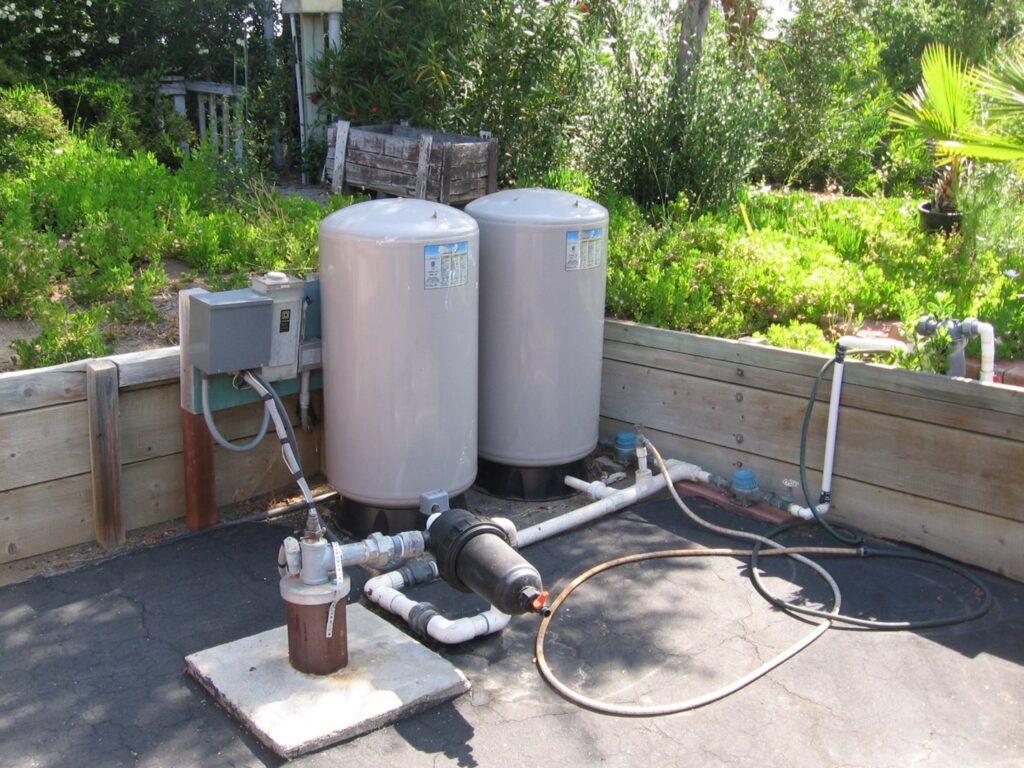Many homeowners and property owners in California and the Southwest have a water well for irrigation, general outside use, or even to supply drinking water. We at Hargis have been asked by well owners (or property owners thinking about installing a well) if the use of their well will be subject to control by State or local government agencies. Some are also concerned that installing a flowmeter to record the volume of water pumped could be used by those agencies to limit their well , or even charge them for using more than an approved number of gallons. These are reasonable questions, because the cost to drill and install a well, pump, controls, filters, tie-ins to irrigation or other lines, etc., is significant, but may be justified if municipal water is very expensive or not available.
The short answer is that it depends on where the well is or will be located. This will be a bit simplified, but we can divide possible well locations into three broad categories in California:
- Adjudicated groundwater basins
- Basins subject to the Sustainable Groundwater Management Act (SGMA)
- Everywhere else
Adjudicated groundwater basins are established by court order and overseen by a Watermaster appointed by the court. This is usually in response to serious overpumping in a crowded area, such as the coastal plain of Los Angeles where few homeowners have properties large enough to justify the cost of a well. In these areas, all existing water wells have been identified, and each water user has an allocated volume of water per year that he or she can either use or exchange with other users. To obtain a permit for a new well, the property owner would need to enter into an agreement with the Watermaster, and possibly would need to purchase an allotment of water from a user who was willing to sell. In this situation, there is only so much water to go around – by binding legal agreement – and the property owner will need to enter into that agreement in order to obtain water rights. The amount of water that can be produced each year is determined by the Watermaster and is based on basin-wide water levels and other data that the Watermaster uses to be sure that the groundwater basin is not overstressed.
SGMA was passed in 2014, so it is a very recent development in California water law and management. As the Department of Water Resources (DWR) states, “SGMA requires local agencies to form groundwater sustainability agencies (GSAs) for the high and medium priority basins. GSAs develop and implement groundwater sustainability plans (GSPs) to avoid undesirable results and mitigate overdraft within 20 years.” If you are located in a high or medium priority basin, it would be best to locate and review that basin’s GSP, if one has been prepared, and contact the local GSA to see if you can apply for a well permit and if there will be any limitations on how much water you can produce. And, if you are in a priority basin, a GSP may or may not be in the works.

There is a great deal of local variability in the implementation of SGMA, which is beyond the scope of this article. But a good place to start familiarizing yourself with this law would be the DWR home page for SGMA: https://water.ca.gov/Programs/Groundwater-Management/SGMA-Groundwater-Management
“Everywhere else” includes low and very low priority basins under SGMA where a GSP will not be developed, and all areas outside the basins in the first two categories. In most of these areas, all that is required to install a well is a permit issued by the county. The permit is intended to ensure that there is a sufficient setback from septic leach fields or other common sources of contamination, and that the depth, general construction and intended use of the well is documented. Drilling contractors will not install a well without a required permit. Once the well is installed, however, government agencies generally do not conduct routine inspections of the well or its usage, either in terms of volume or the actual use of water. Outside of management under basin adjudication or SGMA, local governments do not have authority to regulate your use of your well. Some agencies such as the U.S. Geological Survey do request access to measure water levels or general water quality in private wells. But these requests are part of larger regional studies to compile information on regional water supply and water quality issues, and do not involve any limitations imposed on the well owner.
There are also special cases where private wells are within larger areas of known groundwater contamination, but that is another story. We hope this short summary has been helpful if you have or are considering installing a well in California.
About the Author

Greg Cranham
Senior Geologist, PG, CEG
Hargis + Associates
gcranham@hargis.com
www.hargis.com
For more than 30 years, Greg Cranham has been interpreting complex environmental data and historical records to help clients communicate critical issues in a clear and accurate manner. Cranham specializes in geologic mapping & interpretation, lithologic logging of wells and boreholes, air photo interpretation, historical document review, soil and groundwater sampling programs, and soil vapor surveys. Cranham is active in several professional organizations, and is a past president of the San Diego Association of Geologists.

